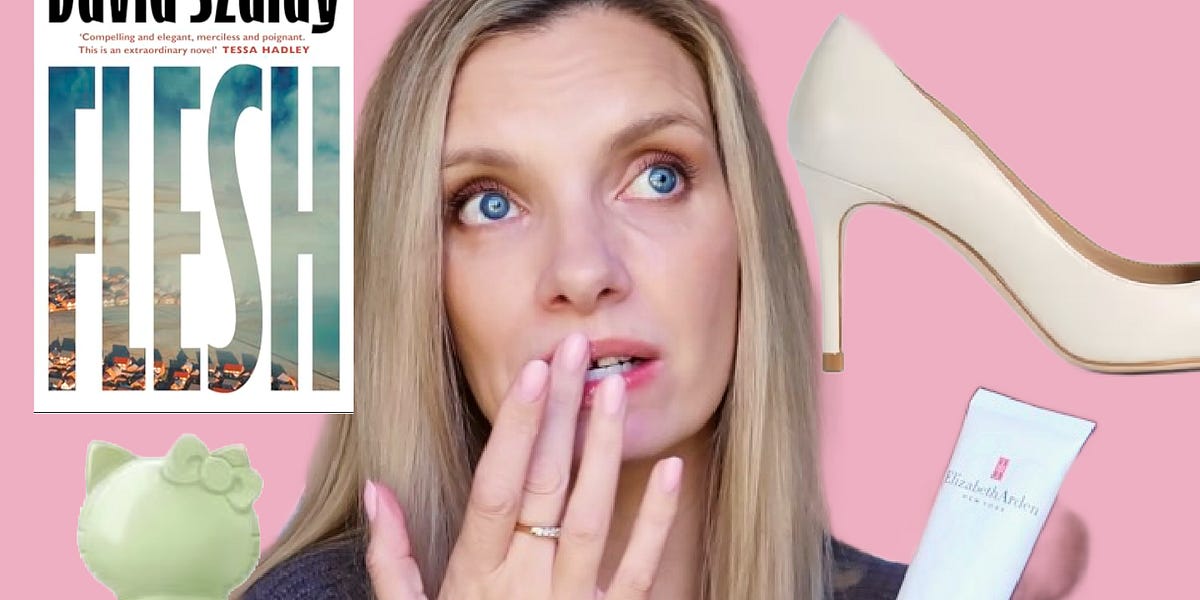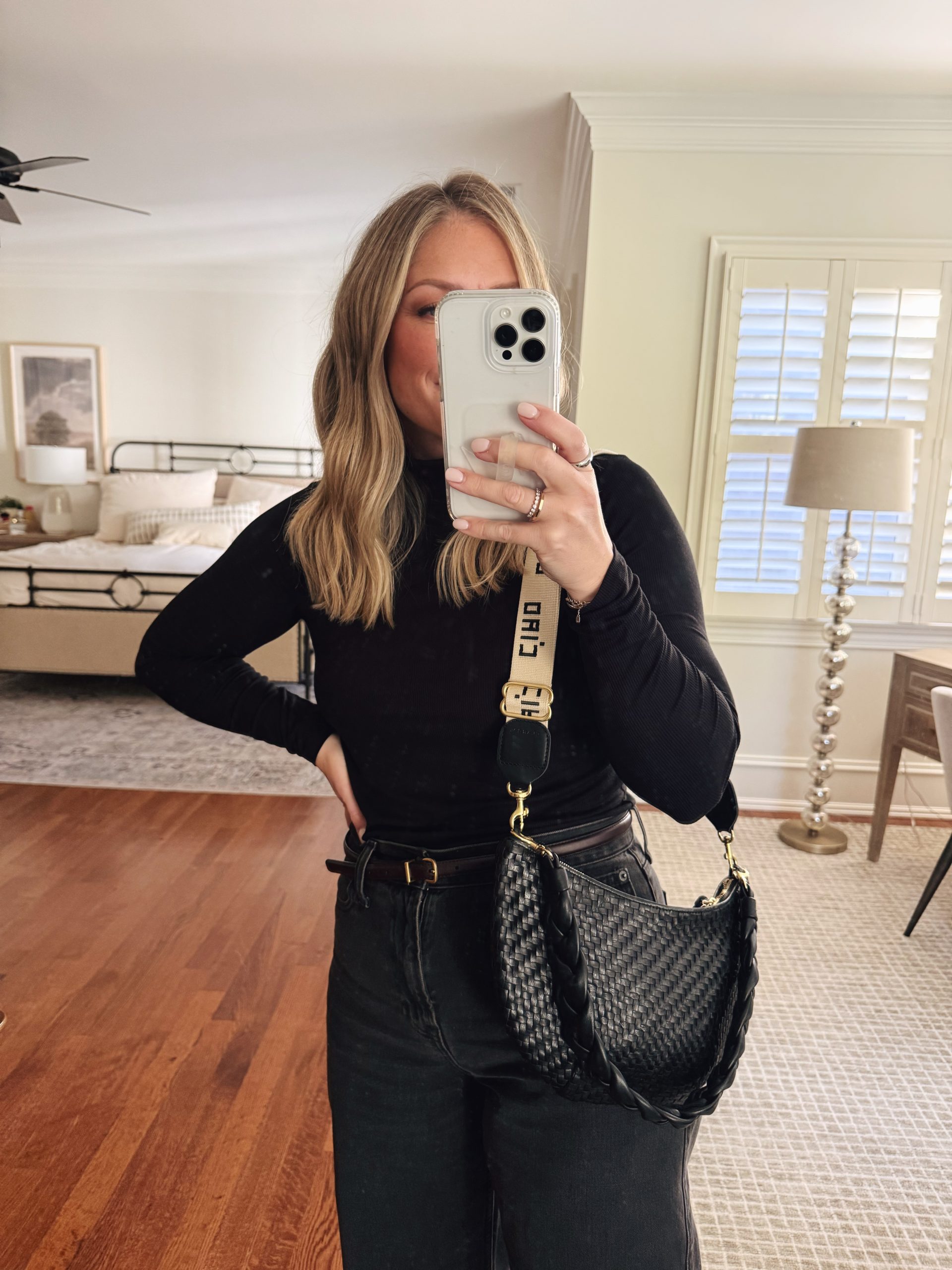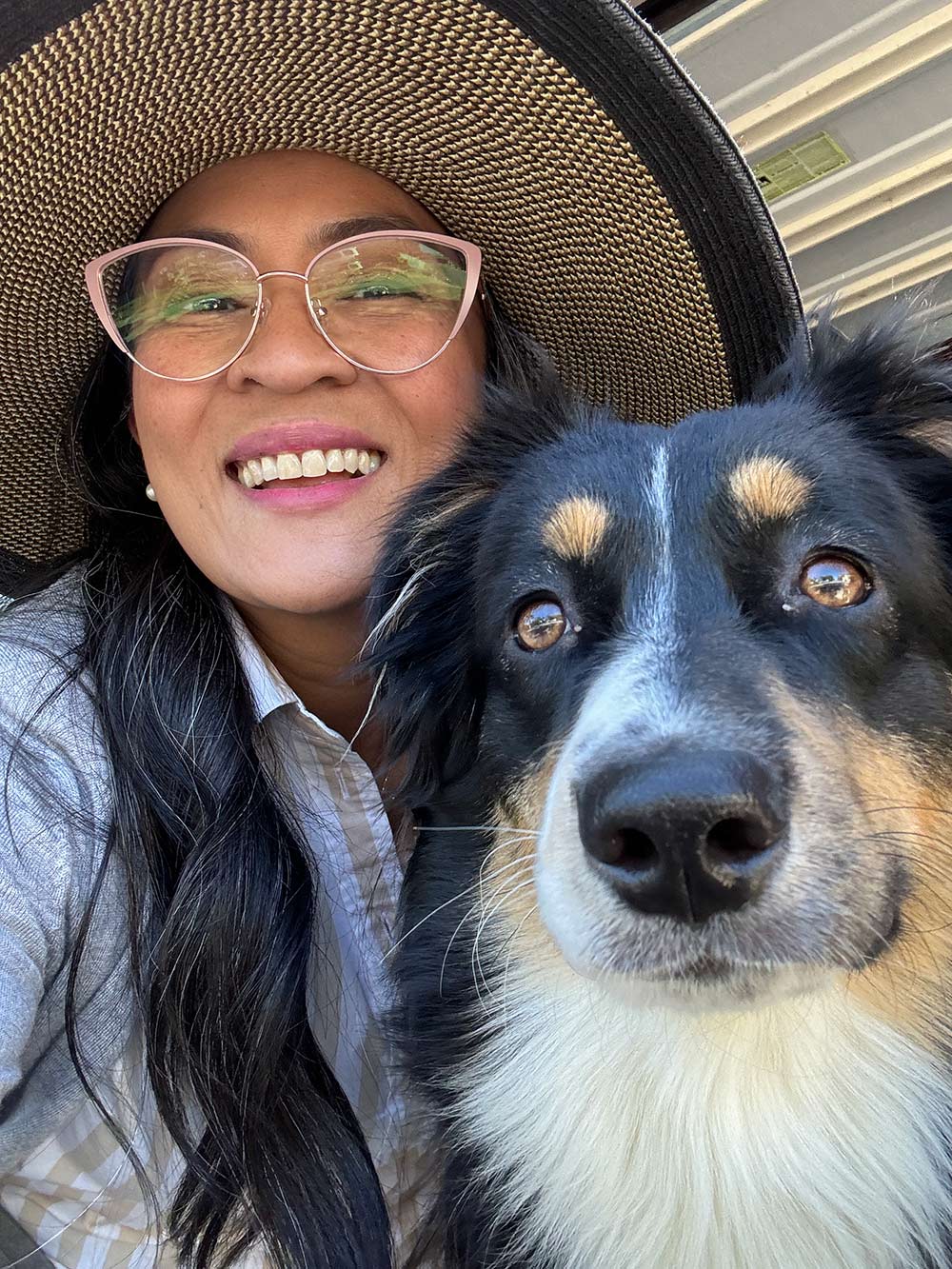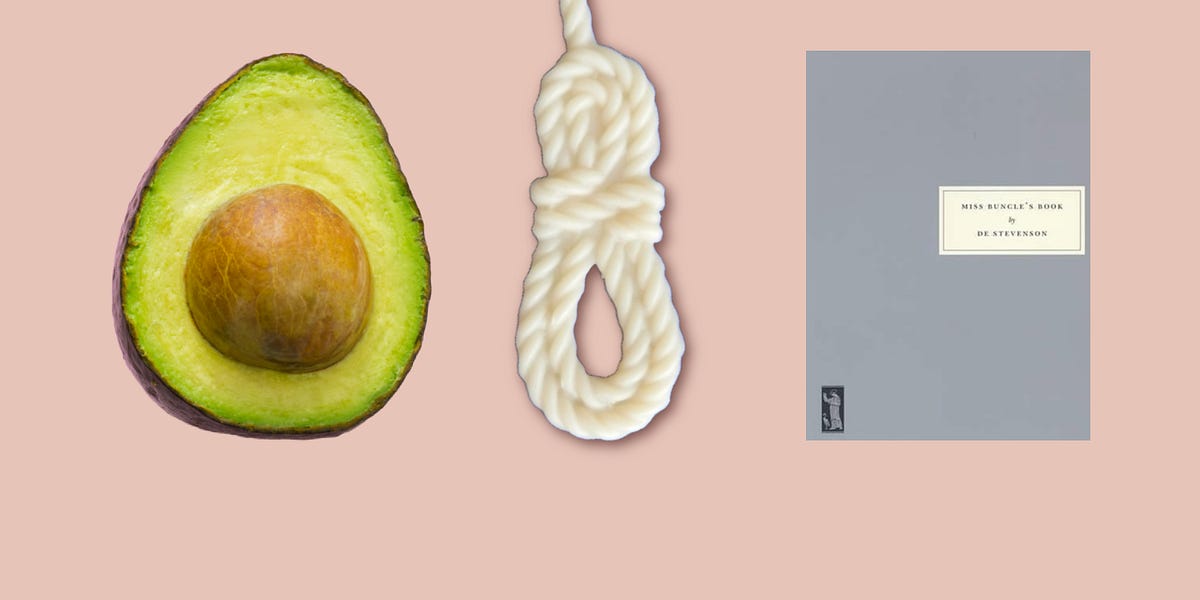

I feel like a bit of a prize tool even writing about the Oura Ring, if truth be known. (If you need to catch up on what an Oura Ring is then read here.) As a child of the eighties I am sceptical about anything at all to do with wellness. The idea of wellness feels totally at odds with how we lived out our formative years. We all survived childhood without drinking plain water even once – I don’t think that drinking water even really existed as a concept. You had milk, the odd cup of squash and if you were really lucky then you might go to someone’s house where they had bright green limeade or – the holy grail of early kitchen tech – a Soda Stream. Anyway, “keeping yourself hydrated” wasn’t a thing. Nobody carried water about, you’d have been earmarked as an eccentric. People would have asked you whether you were about to hike across the Sahara because that would have been the only feasible explanation for carrying water in a portable container. In other “fond flashbacks from the eighties”: kids were routinely made to sit in pubs that were so filled with cigarette smoke that you couldn’t see your parents on the other side of the table. It was like a dense fog. We walked to school in snow blizzards, the “Rambo knife” (look it up) was sold as a toy and many cars didn’t have seatbelts in the back, so you’d fly up and down the pleather bench whenever a corner was taken at speed. Look: I’m not saying that any of this was good, I just think it explains some of the cynicism I have towards the idea of wellness and self-care. It doesn’t help that the whole (very good and healthy) concept of looking after your mind and body has been hijacked and bastardised by rampant, unstoppable hyper-consumerism, so that now we’re flogging candles that can cure stress, powders that will halt the ageing process and facial toners that, when used correctly, will give you the sort of blissful time out from your “busy life as a mum-of-two” that you could normally only achieve with two weeks in the Maldives…And so you can see that I come at the “wearable tech” trend with a fairly healthy degree of skepticism; I am not easily convinced by many of the must-haves of the modern world and will usually go out of my way to sneeringly dismiss them before I’ve even given them a chance. In short: I am not easily impressed. I feel as though this makes me a great reviewer of stuff (and I have been reviewing “stuff” online since 2010) but a terrible maker of viral social media content. I will not take an extreme view on a product just for views – I won’t overly gush about something I love without pointing out the bad bits, and if I genuinely hate something then I always take time to work out why that is, and how much of that dislike is just down to personal taste or circumstance. AD info: *denotes an affiliate link. No paid or sponsored content, I bought my Oura full price. The Oura Ring 4, however, is one instance where I could make a gushing viral video review. Because – spoiler alert – we’re only two weeks in and already I feel as though it has changed the way I live my life. Yes, it’s early in the wearable tech experiment to be coming at you with this bombshell, but I have been so impressed that I really need to get my thoughts down in writing. I’m quite annoyed that I’m so taken by it, if I can be frank with you, because a) the cynicism thing and b) I was quite looking forward to giving this Oura Ring a bit of a bashing. Because I will admit that there are instant annoyances with it. Firstly, the way it looks. I have another post about this coming up on Friday (woohoo, I hear you all say!) but just to touch on it briefly, there is overly luxe-looking about the Oura. Considering the price. The finish, at least on the four versions I photographed, is just slightly too shiny and the colours of the metals are a bit off. Garish. I was hoping that the ring would be an attractive addition to my hand-adornments, because I don’t really wear a lot of jewellery and so it’s not as though I can hide it away amongst stacks of mixed metals, but even after two weeks of becoming accustomed to it on my index finger I can only muster up enough generosity to call it an acceptable addition. I don’t hate it, but I absolutely do not look down upon it and wonder at its beauty. The second instant annoyance is the set-up cost. You buy the ring (prices from £349) and then, as you go to connect it to the app you are hit with another bill, which is the membership fee (£65-ish) and then if you want to accurately track your cycles (which was the whole reason behind this bloody wearable tech fiasco in the first place, read here) then you have to pay another wodge of cash to Natural Cycles app! (Between sixty and seventy quid depending on whether you manage to find a good code on Google, or Reddit, or the dark depths of the internet chat forums.) And so why would I have anything good to say about this bloody Oura ring, you might be asking? This Amazon Plastic Treasure Chest plaything with piss-taking annual costs? I’ll tell you why: it has, in the space of just two weeks, done an absolute number on my general wellbeing. The Oura Ring 4 has made me more aware of my health, where previously I had my head in the sand. It has made me treat my body with more kindness – I must have forgotten that it deserved this generosity. And it has served as a regular little reminder that my mental and physical state is far more important than almost anything else that the day can throw my way. Writing that down was difficult for me, because those are precisely the sorts of phrases that I would normally enjoy silently scoffing at. But here’s the big thing: what I’ve realised is that a lot of the silent scoffing that I do, this mistrust of anything I don’t understand, or that I consider “soft”, is only actually damaging to myself. What is wrong with wanting to understand what’s going on with your stress levels, your sleep quality, your heart health? What is this generational weirdness (I’m Gen X by a mere month, by the way, true and enlightening fact) that means we look upon genuine self-care with such derision? Was it because we grew up in the Ladette Era, where matching men pint-for-pint in the pub was an actual thing? (If this examination of previous wild and drunken eras interests you then you need to read this, my Sunday Times bestseller: How Not to be a Supermodel, available in hardback, audiobook and ebook.)But let us get to the crux of this post and talk about how the Oura Ring 4 has (sensationalist title alert! viral content klaxon!) changed my life.It has completely revolutionised my bedtime routine. By knowing how well I sleep when I put my head on the pillow at various times, and at various stages of sleepiness, it gives me guidance on when to start winding down and when to finally switch off the lights. You might be thinking, you absolute moron, I can do that myself! I just turn the light off when I’m tired! but you’d be surprised by how many people do not do this (me) and stay up reading because they are well into their book (me) and then wonder why they are knackered the next day. There is something very helpful about being told what to do (gently guided): I like that it has taken some of the responsibility from me. It’s a bit like living with a parent again, who might softly suggest that getting more sleep would be a good idea. It’s comforting.The Oura Ring has made me far more aware of when I am sitting for too long at my desk. It does this by sending a polite phone notification, so I don’t actually find it too intrusive at all, it’s easily ignored, but I as someone who can easily go for three or four hours without moving anything but her keyboard-flying fingers, it’s helpful. I reckon I’m moving twice as much as I normally would. It has allowed me to be kinder to myself on “off” days. Normally if I’m tired, or just a bit sub-par, I will almost punish myself by working harder and meaner, testing my limits in a bizarre show of superhuman strength that only I am party to. (Ridiculous.) I have stopped doing this. I mean it’s only cropped up once in the two weeks, but on my day (cough, hungover) of sub-par existence, I just took it easy. Did admin tasks. Had loads of breaks. Oh my God, it was revolutionary! I actually got quite a lot done, but felt as though I’d been very good to myself. Virtually pampering. So that was excellent, too, but here’s the corker: The Oura Ring 4 has single-handedly increased my average daily activity level by THREE TIMES! Please let me introduce Exhibit A, which is a pair of screengrabs from my Apple Health app (I had to use this because obviously the Oura didn’t have data from pre-ring to compare to): the first graph shows my average step count in the week or so before I started wearing the Oura Ring 4, the other shows my latest seven days: What the hell? Excuse-moi Ambassador! I am genuinely shocked by this. And not only by the vast improvement in the average step count. How on earth was I only averaging 2.5k steps a day before? I thought that I was so active, what with my Peloton-ing every other day and my dog walks and my life in the country (because for some reason when you live in the country you do sort of assume that you have this good baseline fitness level, I don’t know why) – how was I basically inert? I could have sworn I was a twenty-thousand steps a day kind of chick. Two daily dog walks? Constantly jogging up and down the bloody stairs to get things? CHANGING THE DUVET COVER ON A SUPERKING BED? Does anyone even know how much energy that takes? And I think that this makes a very good point about wearable tech and one that answers a major criticism that I’ve seen, which is why don’t you just follow your intuition? Move more, sleep when you’re tired, take a moment out when you’re stressed? Because, people, my intuition when it comes to my wellbeing is shot to pieces. My intuition doesn’t know shit. Probably because I became a parent and my own needs got pushed down to the bottom of a very dense pile of needs. I think that I am in tune with my body and my rhythms, but actually, I’m not. And I wonder whether this is what the Oura Ring has done for me, in these two weeks: it has become a handy supplement to my own intuition. It has presented me with the reality, the hard stats and facts about my stress levels and heart rate and sleep quality and movement, when before I was just happily making stuff up. And then wondering why I was feeling sluggish, or restless, or ridiculously anxious. The Oura constantly monitors these things and then presents me with gentle guidance on how to go about my day and I simply cannot find anything not to like about this. It’s like having an extra parent, inside my iPhone. Wiser than me, able to see things in a detached way, generally just having my best interests at heart. FIND OURA ONLINE*And it would annoy the absolute bejeezus out of me if it was constantly beeping me or buzzing me with notifications, but here’s the thing: there’s no screen! I have to actively go into my iPhone, open the app and voluntarily take a gander at what my vitals are saying. Do I do this obsessively? No. I reckon I have a quick look once or twice a day, mainly out of interest to see how I’ve slept (I am a good sleeper, overall, which is pleasing, because it’s probably the only fitness-related skill I am actually naturally good at) and to see how I’m getting on with my activity goal. Ah, the activity goal! This was the element that I was least bothered about, when I was researching the Oura, but it turns out that it’s now the one that interests me most. Because look at Exhibit A again – it has trebled my average output, in terms of steps! How can that ever be a bad thing? It means that in the afternoon, where previously I would have stayed hunched over my laptop until work cutoff time, I now get up and have an extra walk. Get some fresh air. Am I going to suddenly start spending my day in lycra, tying weights around my ankles and speed-walking around the village multiple times to “make my activity goal”? No I am not. But there is something about simply knowing how much activity is advisable that has made me buck up my ideas. It’s possibly the biggest positive so far, and completely unexpected. I have surprised myself with my love for this wearable tech device. Yes, it’s expensive and the yearly repeated cost of the subscription is a massive turn-off, but the benefits so far have massively outweighed the negatives. Consider me a fan. I don’t even notice I’m wearing the thing! I’ve only had to charge it twice! What a seamless integration into my life it has been, yet with such a pleasing impact. Two weeks is a teeny amount of time, on the scale of things, and perhaps my views on the Oura will change. But for now, consider me mightily impressed. You can find Oura on Amazon here*, at John Lewis here* and on their website**. I’ll be posting a whole guide to the Oura Ring colours this Friday, showing them with other jewellery and in different lights – because they are not quite what you’d expect…(**I bought third party as I wanted the added customer service layer. I hadn’t read great things about Oura’s own customer service, whether or not that’s accurate I’m not sure but I’ve been stung twice recently with purchases and just wanted to be sure!)






